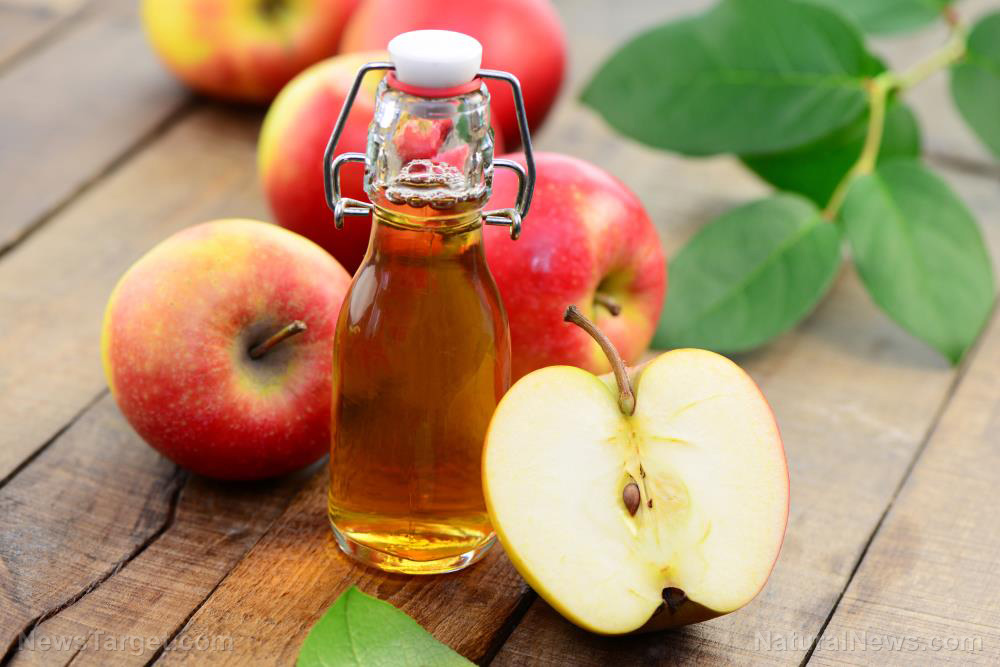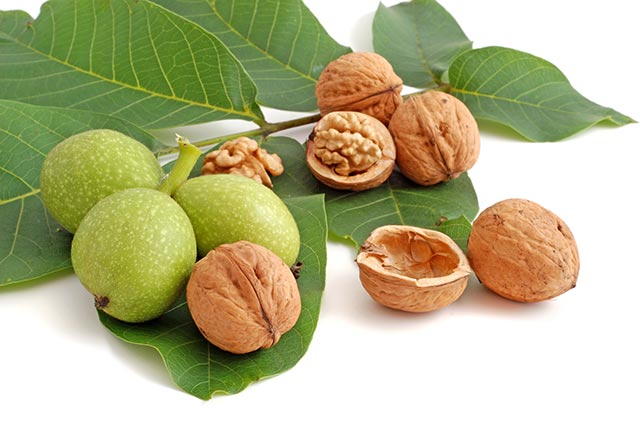
Consuming apple cider vinegar could help prevent the onset of obesity. Japanese researchers used acetic acid found in the vinegar as an anti-obesity treatment for mice given fatty foods. They reported that the animals were much less prone to accumulating fats and lipids.
As its name implies, apple cider vinegar is made from apples. The fruit is crushed to produce juice. In turn, the apple juice is fermented by Acetobacter bacteria and yeast.
The vinegar is a fairly popular choice for salad dressing, marinade, vinaigrette, and food preservative. It is also considered to possess a large number of health benefits, such as reducing weight, improving digestion, and supporting the immune system.
Acetic acid (AcOH) is the most common compound in apple cider vinegar. It makes up around five to six percent of the concoction. (Related: 5 More reasons why apple cider vinegar is the prepper’s best-kept secret.)
Using acetic acid to protect mice from fatty food-induced obesity
Researchers from the Central Research Institute (CRI) looked into the effect of acetic acid on the processes that convert food into body fat and lipids. They simulated obesity in humans by constructing a mouse model.
The mice were given foods with high amounts of fats. This diet was designed to induce obesity in the animals as soon as possible; it resembled in part the high-fat junk foods that are prevalent nowadays.
The control group received water, which exerted no special effect on the health. Two treatment groups received different doses of acetic acid, either 0.3 percent or 1.5 percent.
The treatment lasted for six weeks. During this time, the animals were measured and observed for any weight gain. At the end of the trial period, the mice were sacrificed. Samples of their blood and liver were taken for analysis.
The researchers measured the concentration of body fats and hepatic lipid in the samples. They also evaluated the skeletal muscle weight of the animals.
Furthermore, they cultivated human HepG2 liver cells and added acetic acid to the culture. They evaluated the gene expressions responsible for obesity and lipid formation, as well as any genes that were affected by acetic acid.
You can avoid obesity by adding more apple cider vinegar to your meals
In their experiment, the CRI researchers reported clear symptoms of obesity in the untreated animals that consumed the high-fat foods. In contrast, the mice treated with acetic acid did not become obese.
The latter's skeletal muscle weight remained the same even though they ate the same fatty foods as the water-only animals. This was attributed to the acetic acid treatment.
Acetic acid stopped body fat from accumulating throughout the body of the treated mice. It also prevented the formation of excess lipids in the liver.
Genetic analysis showed that the treated animals showed much higher levels of gene expressions. These messenger proteins include peroxisome-proliferator-activated receptor alpha (PPAR alpha).
Other messenger proteins that got a boost are acetyl-CoA oxidase, carnitine palmitoyl transferase-1, and uncoupling protein-2. These are found in the liver, where they trigger processes that break down fatty acids.
Finally, the in vitro test with the HepG2 cells showed that the gene expression of the messenger proteins went up after the addition of acetic acid. However, it seemed that the effect relied on the presence of alpha 2 5?-AMP-activated protein kinase (AMPK) in the cells.
The CRI researchers concluded that acetic acid can block the formation of fat in the body and lipids in the liver.
Find more natural ways of reducing your weight at Naturopathy.news.
Sources include:
Please contact us for more information.






















